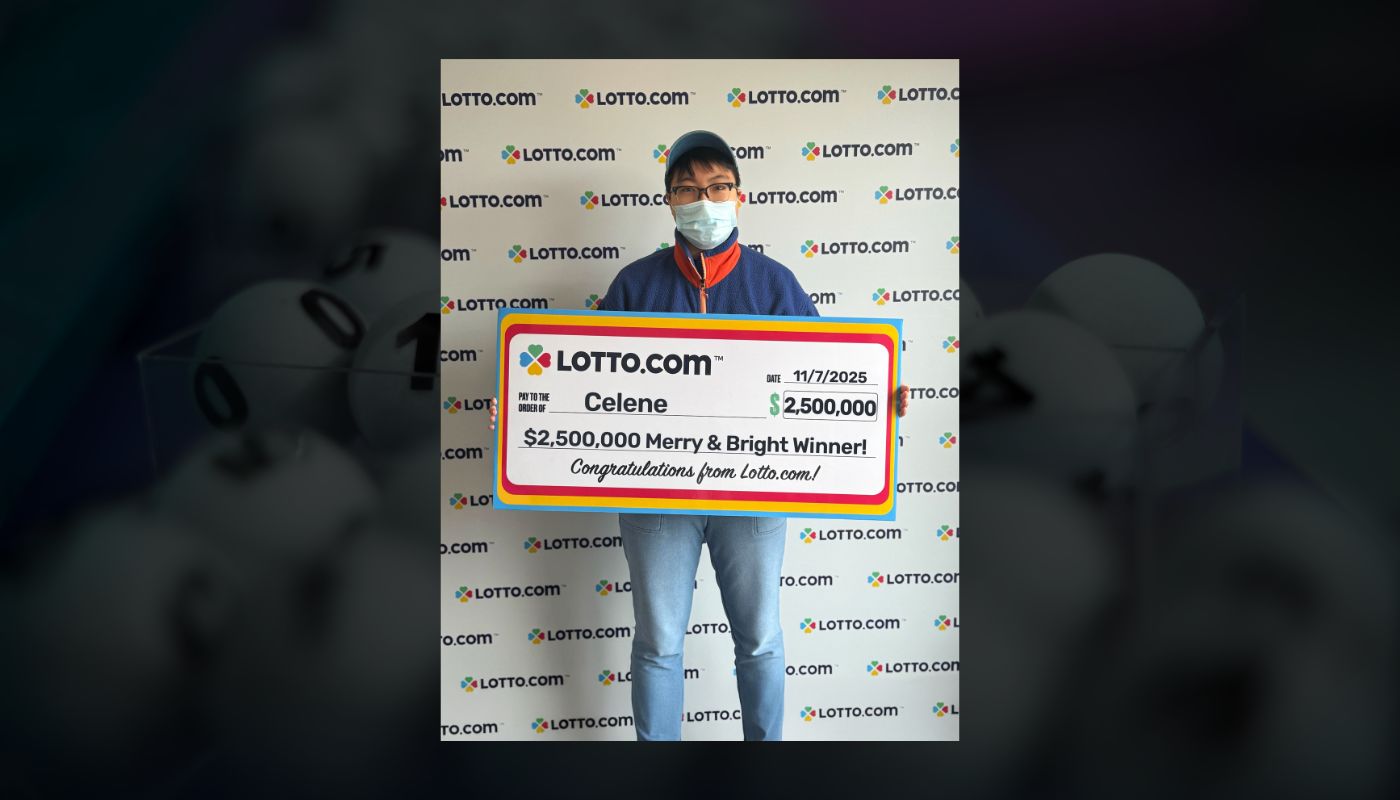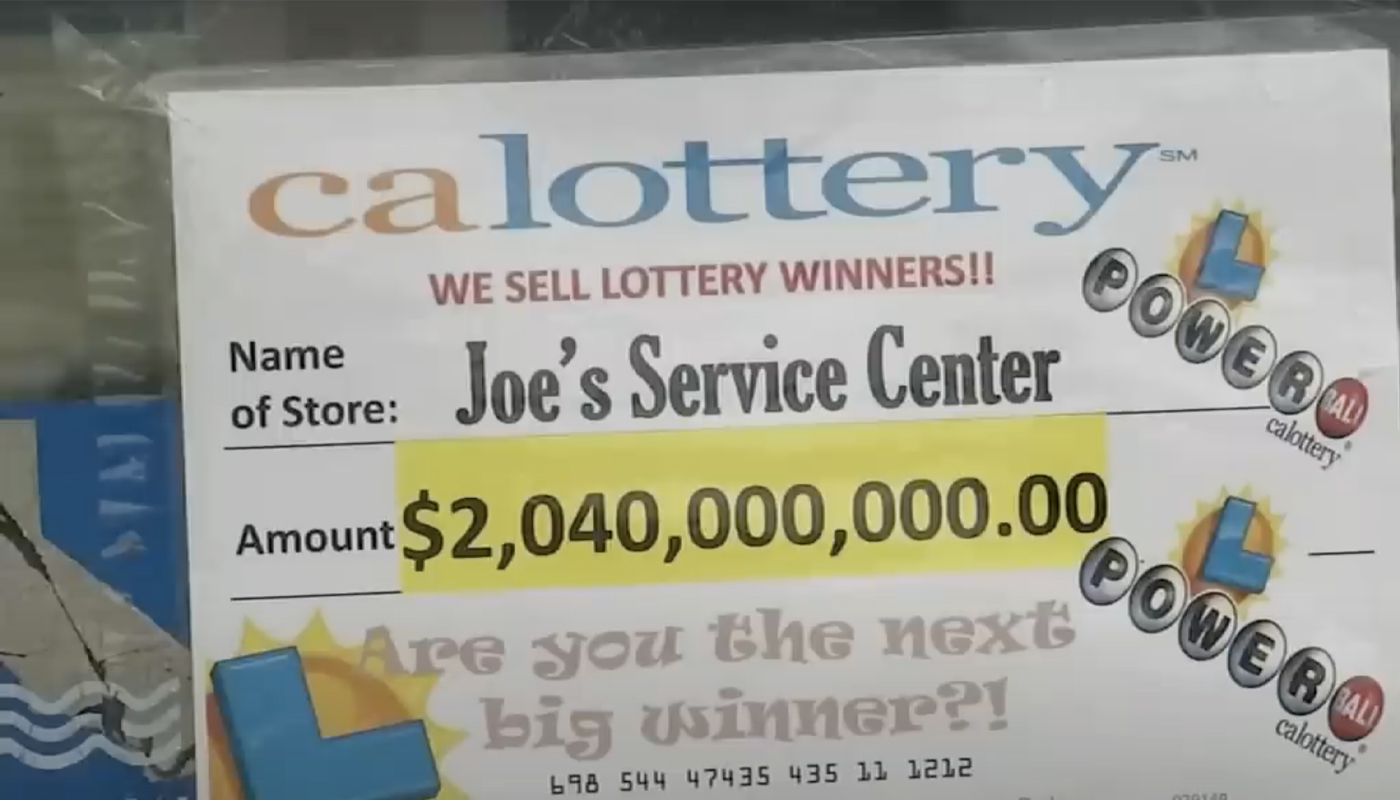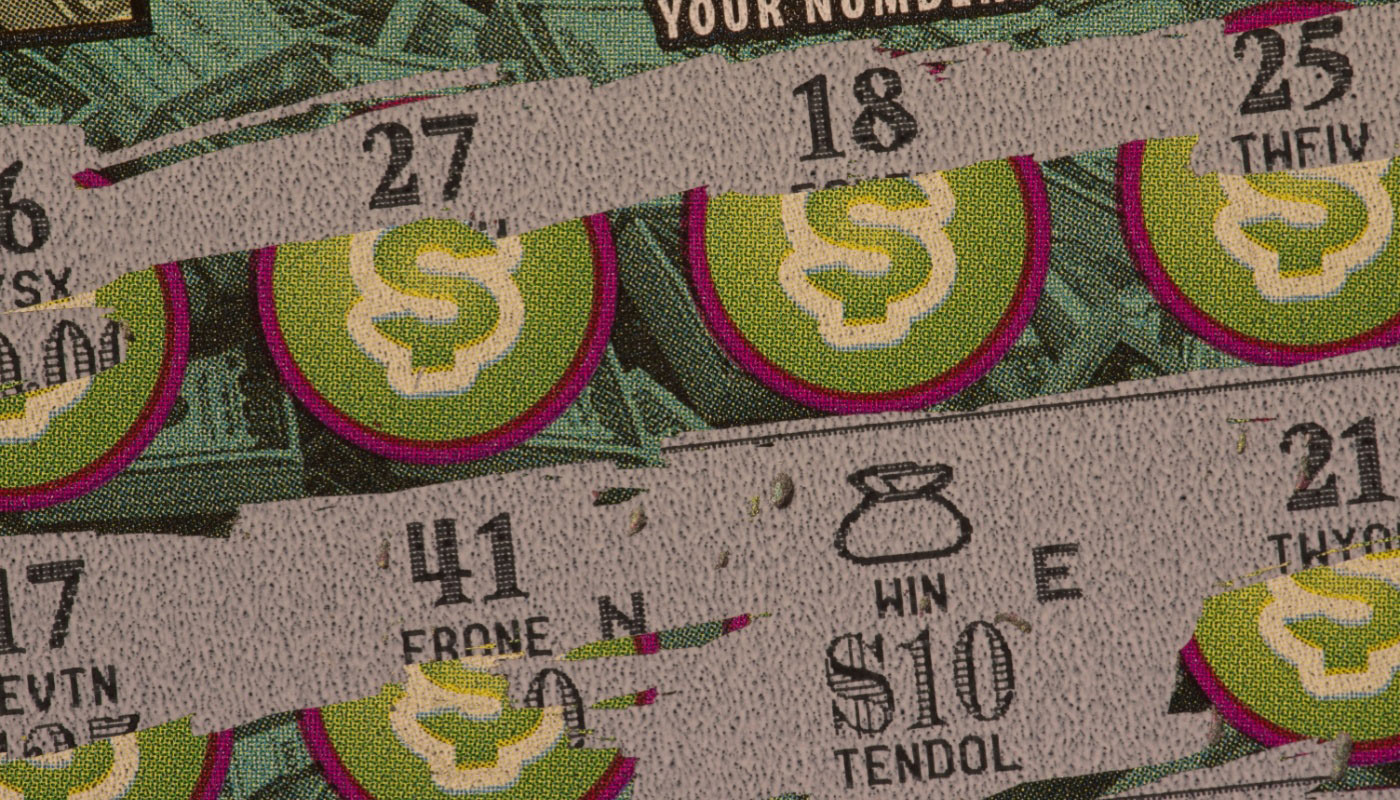
News writer, Interviewer
You’ve scratched a lottery game. Maybe you've scratched many over the years. But have you ever stopped to wonder why that game caught your eye in the first place? Or why the scratch feels exactly the way it does?
Scientific Games has spent five decades engineering those moments.
In this exclusive interview with Lottery USA, Beth Bresnahan, Chief Marketing & Brand Officer, pulls back the curtain on the science, psychology, and craft behind games: from the colors that grab your attention to the coating formula that determines how satisfying the scratch feels.
The battle for attention happens in seconds
Walk into any convenience store and lottery tickets compete with candy bars, energy drinks, and magazines for your attention. In that crowded space, color accounts for 90% of a consumer's first impression. Bresnahan says:
Lottery scratch games compete for shelf space and the customer's attention alongside an array of other consumer products. Color plays a powerful role in how players connect with instant games.
Scientific Games uses trends, sales analytics, and color psychology to design games that pop in those critical seconds at retail. The company's Obsidian™ game, for example, leveraged color psychology to create visual impact. But the color strategy goes beyond individual games. The company collaborates with partner lotteries to balance entire portfolios around what performs best in each market: game art, design, playstyles, and price points, working together.
Licensed brands add another layer of recognition. Scientific Games offers more than 100 licensed brands, from classic entertainment to popular franchises. Bresnahan states:
Recognizable brands help lotteries connect with players through names, imagery, and experiences they already know.
A strong licensed game stands out at retail and builds trust through familiarity.
Less is more when designing for clarity
Getting a player's attention is only half the battle. Once they pick up the scratch game, the design has to communicate quickly and clearly.
The biggest mistake? Trying to say too much on one ticket.
"A strong game design draws attention to what matters most—how to play and what players have the opportunity to win—without overwhelming them," Bresnahan says. Designers build every game around a clear visual hierarchy so themes, prizes, and play instructions stand out in the right order.
This principle becomes even more critical when designing for different player types. Games for first-time players or emerging markets keep callouts limited and background art simple. The design must be easy enough to explain in local advertising or point-of-sale messaging. "Callouts should keep the design cohesive and draw attention to the important elements but not overwhelm the player visually," Bresnahan notes.
Premium games like Obsidian take the opposite approach: richer visuals, more intricate play, elevated design. But the goal isn't getting players to spend more. "Premium games are designed to elevate the player experience, not to target a specific spending level," Bresnahan says. Scientific Games holds World Lottery Association certification and is committed to a framework of principles that guides every product. Players who choose $10 or $20 games simply expect more, and the design delivers that sense of value.
For new playstyles, design must teach as much as it entertains. Layout, color, and typography guide players through the experience naturally, making the game intuitive from the first scratch.
What you don't see: The science behind security
Behind every instant game sits analytics, algorithms, creative design, and precision engineering.
Teams analyze performance data, identify player insights, and develop prize structures that keep players engaged. Game programmers and production experts bring concepts to life through secure software and controlled manufacturing. Scientific Games created the world's first secure scratch game in 1974. Today, protocols ensure no one knows where the winning ticket is until it's scratched.
Then there's the physical act of scratching itself. The coating formula (its thickness and how it interacts with the underlying inks) determines how satisfying the scratch feels. Players prefer a smooth, consistent scratch that feels easy but substantial enough to trust the game's security.
"Most people don't realize how much research and testing go into achieving that balance," Bresnahan says. Coatings must survive packaging, shipping, and retail handling while remaining easy to scratch. Quality Control Lab experts test every aspect to ensure a secure, smooth, and satisfying experience.
The company continues pushing innovation in both physical and digital products. GlowMark™, a fluorescent marking system, adds vibrant neon glow to extended play scratch games like Crossword and Bingo. The moment a player scratches should feel exciting and unexpected, Bresnahan explains. Scratch games featuring fluorescent inks have grown in popularity, mirroring consumer trends toward bold, bright colors in everyday products. She continues:
It's a great example of how our game designers, programmers, chemists, and production experts collaborate to push innovation forward.
The future is omnichannel, not digital-only
With the growth of digital lottery sales as permitted in some jurisdictions, you might think physical scratch-offs face an uncertain future. But Bresnahan sees it differently.
The physical scratch-off games represented USD $115.5 billion in retail sales globally last year. They remain one of the most popular and trusted forms of lottery entertainment. What's changing is how players engage with those games. Scientific Games doesn't treat physical-to-digital integration as a challenge. It's an opportunity to design omnichannel experiences from the start. Bresnahan explains:
Our designers and UX experts collaborate from concept to launch, creating art and gameplay that translate seamlessly from a printed ticket to a digital screen.
The company pioneered the first internet lottery game in the U.S. in 2004 and has continued leading digital innovation. Physical and digital games now complement each other across every platform through products, loyalty programs, and second-chance promotions that connect retail and online play. Bresnahan told us:
We're delivering true omnichannel play, creating experiences that move players from retail to digital and back again.
The goal isn't replacing the physical scratch ticket. It's ensuring lottery partners maximize returns to good causes while building sustainable futures for their programs, all guided by responsible gaming principles and jurisdictional regulations. The scratch-off isn't going anywhere. It's just getting smarter about meeting players wherever they are.



















Comments